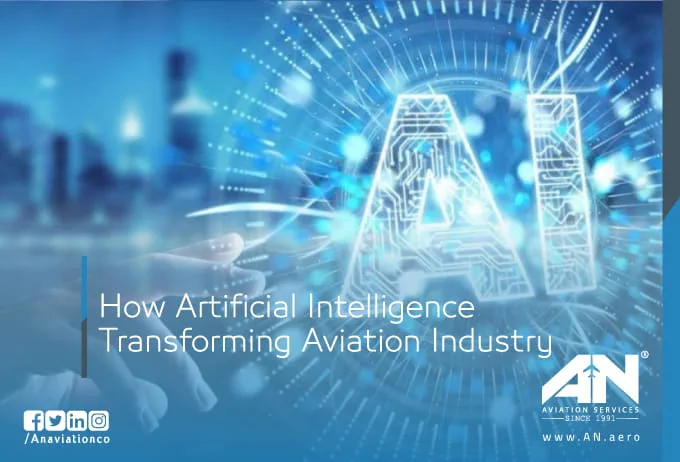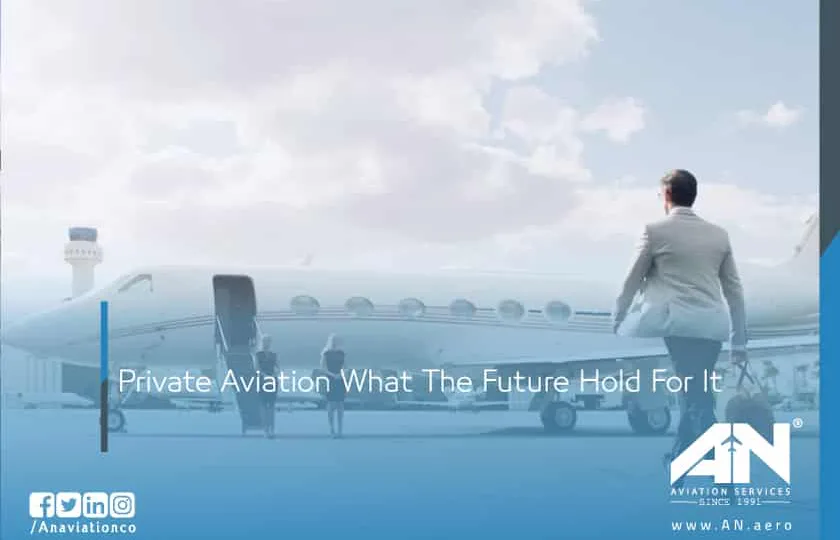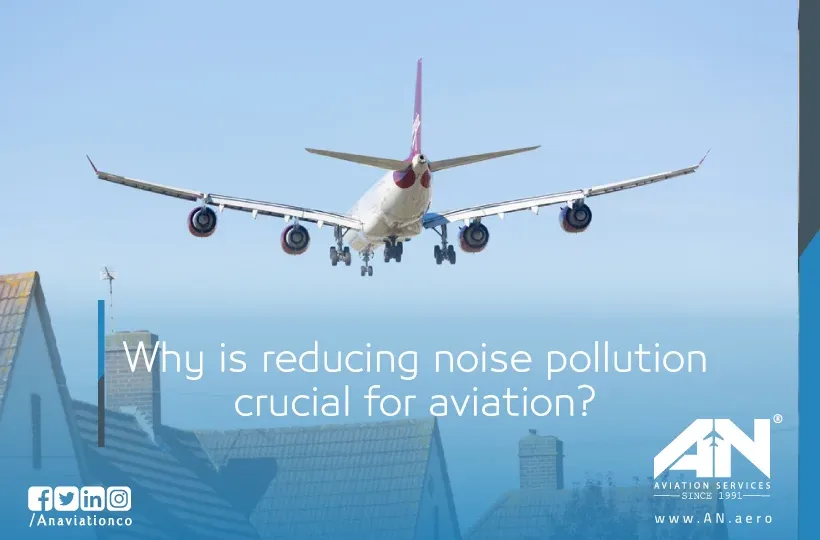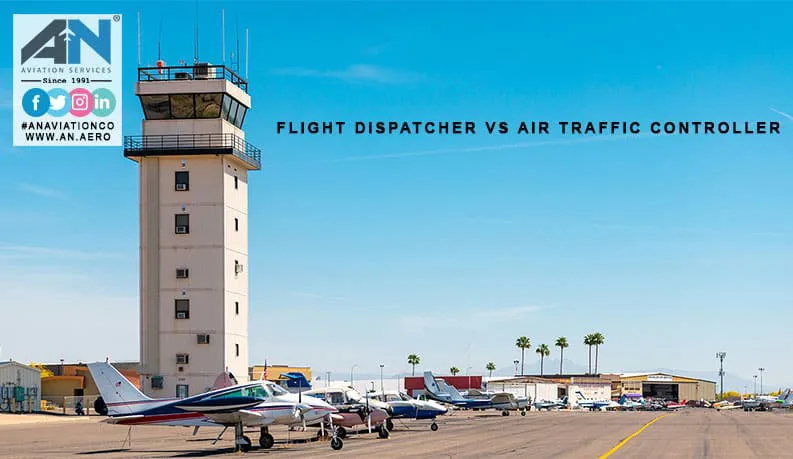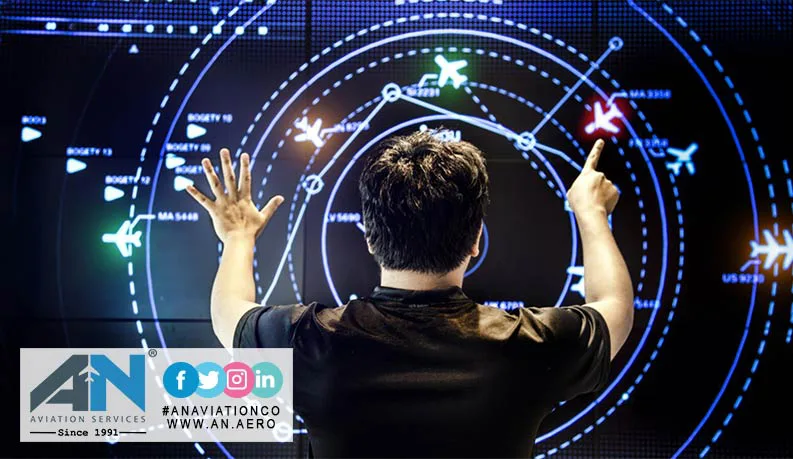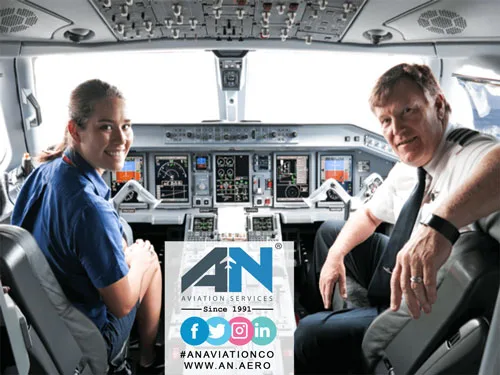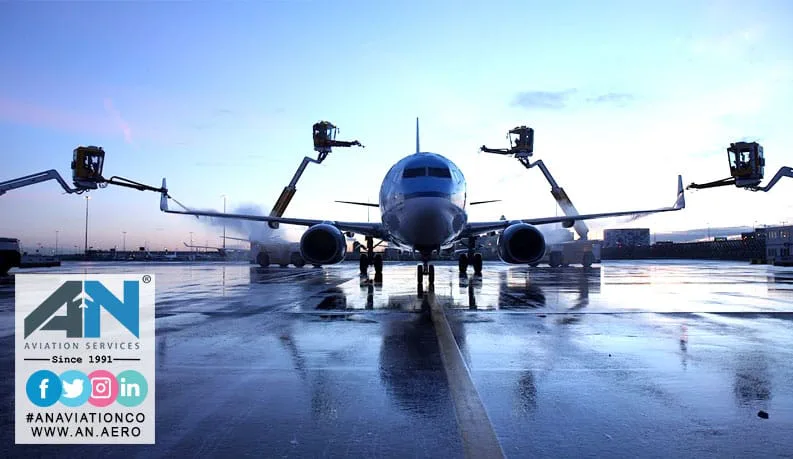Aviation
Aviation refers to the activities surrounding mechanical flight and the aircraft industry. Aircraft includes fixed-wing and rotary-wing types, morphable wings, wing-less lifting bodies, as well as lighter-than-air craft such as balloons and airships.
Aviation began in the 18th century with the development of the hot air balloon, an apparatus capable of atmospheric displacement through buoyancy. Some of the most significant advancements in aviation technology came with the controlled gliding flying of Otto Lilienthal in 1896. Then a large step insignificance came with the construction of the first powered airplane by the Wright brothers in the early 1900s.
Since that time, aviation has been technologically revolutionized by the introduction of the jet which permitted a major form of transport throughout the world.
Early Beginnings
There are early legends of human flight such as the stories of Icarus in Greek myth, Jamshid and Shah Kay Kāvus in Persian myth, and the flying automaton of Archytas of Tarentum (428–347 BC).
Later, somewhat more credible claims of short-distance human flights appear, such as
the winged flights of Abbas ibn Firnas (810–887).
Eilmer of Malmesbury (11th century).
the hot-air Passarola of Bartholomeu Lourenço de Gusmão (1685–1724).


